The Revolutionary History Museum
- Puddnhead

- Dec 10, 2017
- 2 min read
León, Nicaragua
El Museo de la Revolución is a grimy white building on a corner of the central park in León. Old men hang around the front steps all day waiting for visitors. For $5 one of them will take you on a guided tour of the museum.
My guide was a dark-skinned man with a thick accent I could barely understand (I didn't catch his name even). He was aware of his accent and my crappy Spanish though and spoke extremely slowly. He gestured with his hands and shouted when I could not understand him, which I'm not sure helped a whole lot.
When I told him I was from the United States, he made sure to preface the presentation by telling me that he had a comrade in Miami. This was I think to put me at ease, as throughout the tour he would speak with pride of ambushing and killing American soldiers.
The museum contained very few artifacts. Instead there were several rooms with black and white photographs hanging from the walls. My guide pointed to an indistinguishable figure in one of the photos from the 1979 revolution and claimed it was him. I believed him.
I wouldn't say I learned a lot on the tour, but it was memorable. A lot of it was my guide pointing out different friends of his who were now revolutionary martyrs. He told me when they were assassinated and who killed them.
To me, in the photographs from 1979, the Sandanista leaders looked...really cool. Many sported glasses and mustaches. They had unkempt wavy short hair. They were students from the university in León, armed with Cuban rifles and hiding in the jungles of Nicaragua, living on tropical fruits and revolutionary dreams.
My guide, who impressed me as a blue-collar guy without much formal schooling, spoke with respect and admiration for students and intellectuals. They were the revolutionary leaders whose ideas were the basis for the new government after the revolutionary victory in 1979. And these were not armchair intellectuals writing in ivory towers while the real activists fought in the streets. Most of these intellectual leaders died fighting for their ideals.
Of course one Sandanista leader who survived the revolution and later the contras was Daniel Ortega, who had been the President of Nicaragua since 2007. I thought my guide hesitated to venerate Ortega and his wife, the Vice President Rosario Murillo. But he made sure to point them out to me.
My guide presented the history of the revolution in black and white, and I believe that's how he saw the world. Having fought alongside all the FSLN martyrs, how could he ever oppose the Ortega regime? He had a blind faith in the Sandanista government, and he expected that everybody else would too.
At the end of the tour he insisted that I pose holding a rocket launcher from the revolution. I felt uncomfortable doing so but relented. I wonder what the revolutionaries of 1979 would think about American tourists posing alongside their weapons for Instagram photos. I guess they'd probably just be happy that they had won.





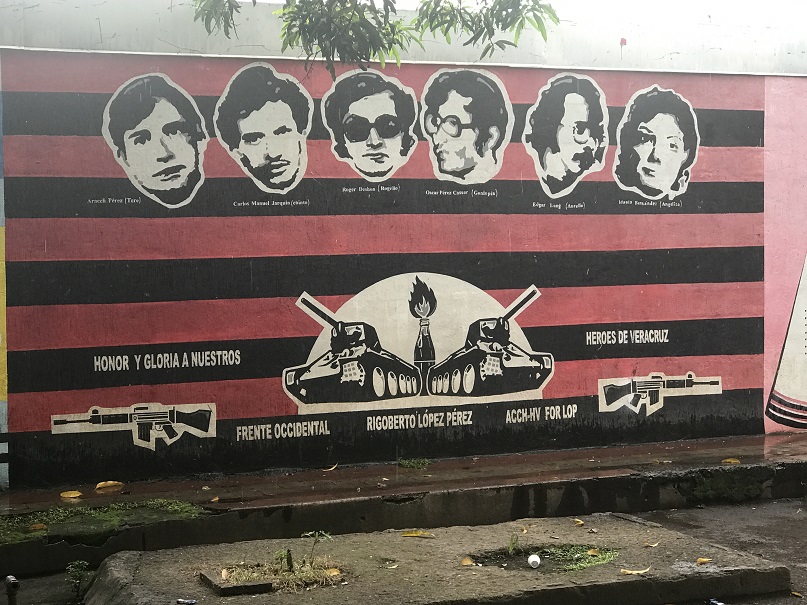





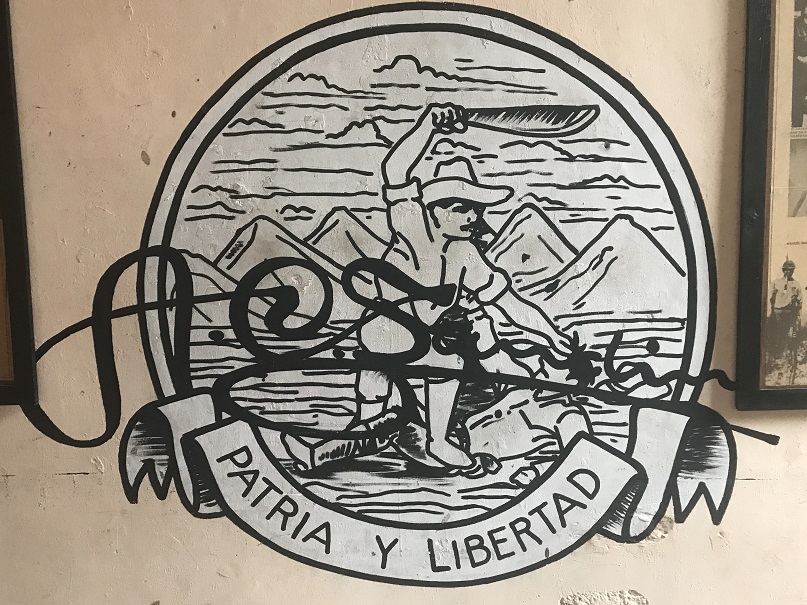

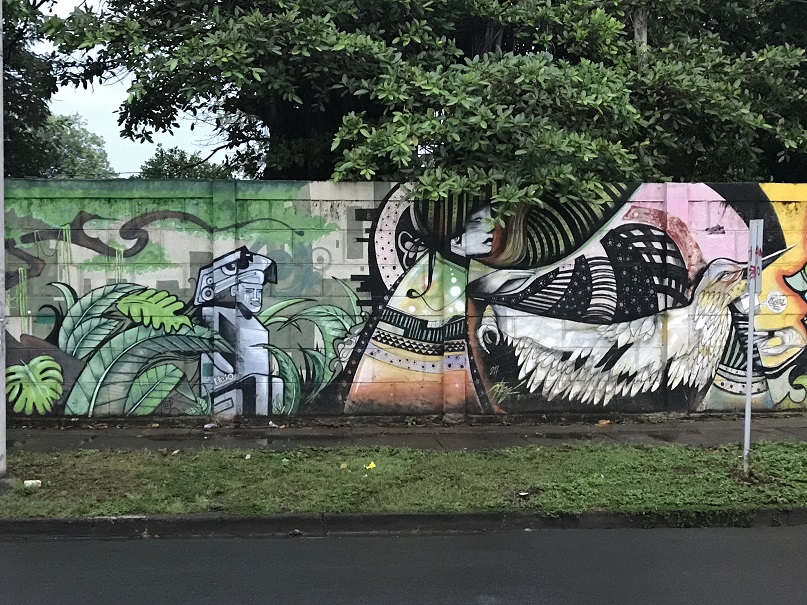

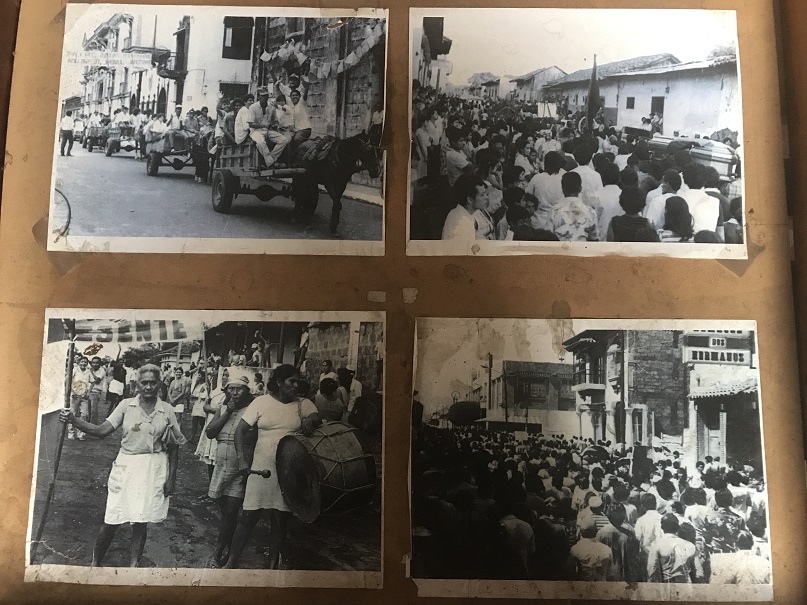

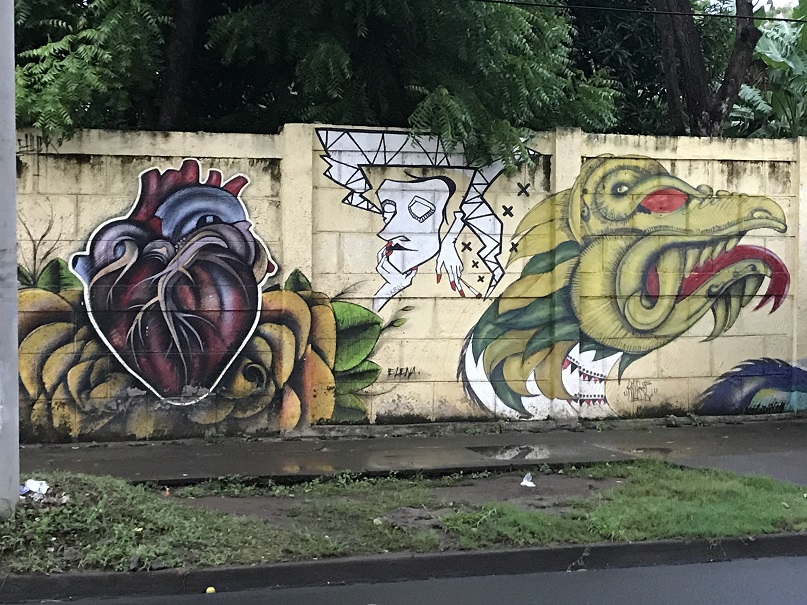



Comments